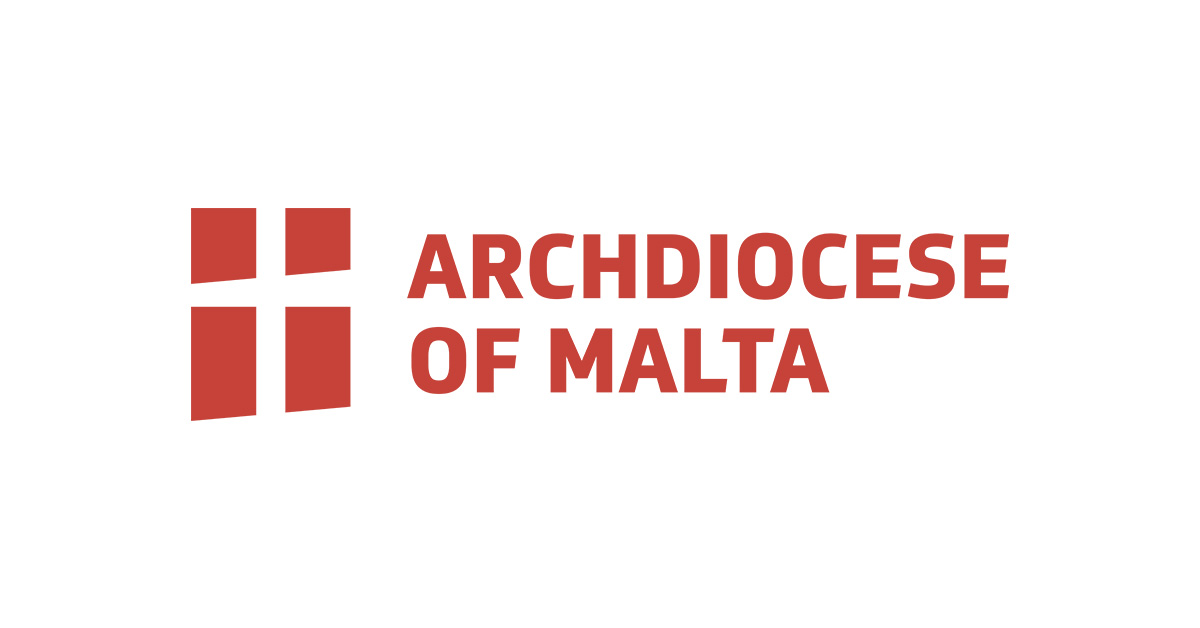The Italian Diocese of Ugento has taken a significant step forward by showing its unwavering commitment to enhancing its liturgical experience. This is evident in the visionary project for restructuring the Cathedral’s sanctuary area and the Via Crucis. The project, a reflection of the diocese’s dedication, respects the historical and architectural integrity of its baroque gem, ensuring a sacred space that is both revitalised and revered. For this reason, the diocese launched a competition in February 2024, inviting participants to redesign existing religious spaces to serve its community’s liturgical needs.
A team of local and international experts has clinched first among entries in a remarkable display of creativity and community spirit. Of the eight proposals selected, the winning team comprised five talented professionals: Italian architect Ferruccio Francesco Pio Novelli, Alberto Favaro, Edoardo De Silva and Maltese Monsignor Jesmond Manicaro, and Benjie Zammit. With their collective expertise and vision, this team aimed to adapt the cathedral’s liturgical spaces while ensuring they remain inviting and accessible to contemporary worshippers.
Malta’s President of the Commission for Sacred Art and the Episcopal Vicar for the Liturgy, Monsignor Jesmond Manicaro, is the team’s liturgy advisor. He brings a wealth of deep insights into the spiritual and practical needs of current liturgical practices. His pivotal role ensures that the project modernises the cathedral’s liturgical spaces and maintains their spiritual essence, providing a sense of continuity and reassurance to the faithful.
The winning project features an altar made of a block of white marble with interlaced leaves of different colours, representing the life cycle. The Paschal Mystery, which encompasses the passion, death, resurrection, and ascension of Jesus Christ, profoundly resonates with the cyclical nature of existence in the natural world. This divine rhythm of transformation and renewal reflects the inherent reality that death is not an endpoint but a precursor to new life. The resurrection of Christ epitomises this transformative journey, promising that from the hardships and trials of life can emerge hope, renewal, and a deeper connection to the divine. Thus, the Paschal Mystery and the cycle of nature reveal profound truths about life, encouraging us to embrace our journeys of growth, loss, and rebirth.
The design also includes an ambone, which keeps with liturgical norms and is made of the very same material and motifs. This reinforces the idea that the Liturgy of the Word parallels the cycle of nature, life, and death by embodying a rhythm of revelation, reflection, and renewal.
The vibrant gold colour of autumn leaves interlaced in the white marble of the cathedra symbolises transformation and renewal, mirroring the themes found within the Paschal Mystery. Just as the leaves change dramatically from lush green to radiant gold, reflecting the beauty of life’s cyclical nature, the Paschal Mystery encapsulates the profound transition from death to resurrection. This sacred mystery celebrates the hope of new life and redemption, much like the golden leaves signify the richness of life that emerges after a season of loss. Both evoke a sense of beauty in change, encouraging reflection on the interplay of life, death, and the promise of resurrection in our spiritual journeys. The bishop who presides from the cathedra, as the liturgos, leads the people in this mystery as a tourist guide around the city.
Furthermore, the Via Crucis, or Stations of the Cross, will be revitalised with the proposed modern art installations that invite reflection and contemplation. These contemporary representations are designed to resonate with today’s faithful, providing a bridge between the past and present as worshippers walk the path of Christ’s Passion with renewed understanding.
Judges praised the project for its thoughtful integration of the old and new and its combination of restoration and creativity. The team’s success is a testament to the power of innovative thinking and collaboration in architectural design. The publication of the winning proposal for this restructuring project marks a new chapter for the Diocese of Ugento, one that honours tradition while embracing contemporary liturgical practices. It embodies the diocese’s dedication to nurturing the spiritual lives of its faithful in a rapidly changing world.


